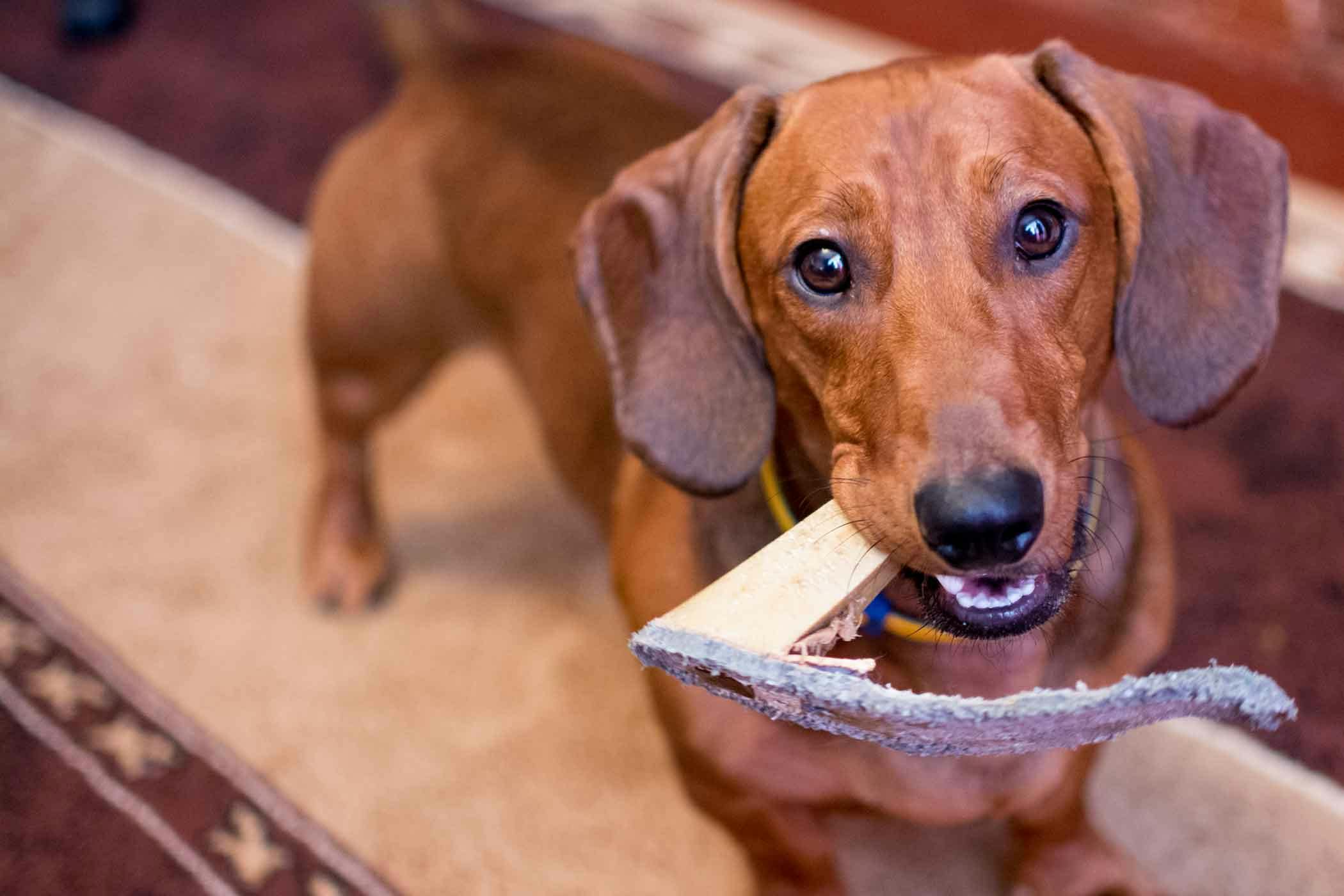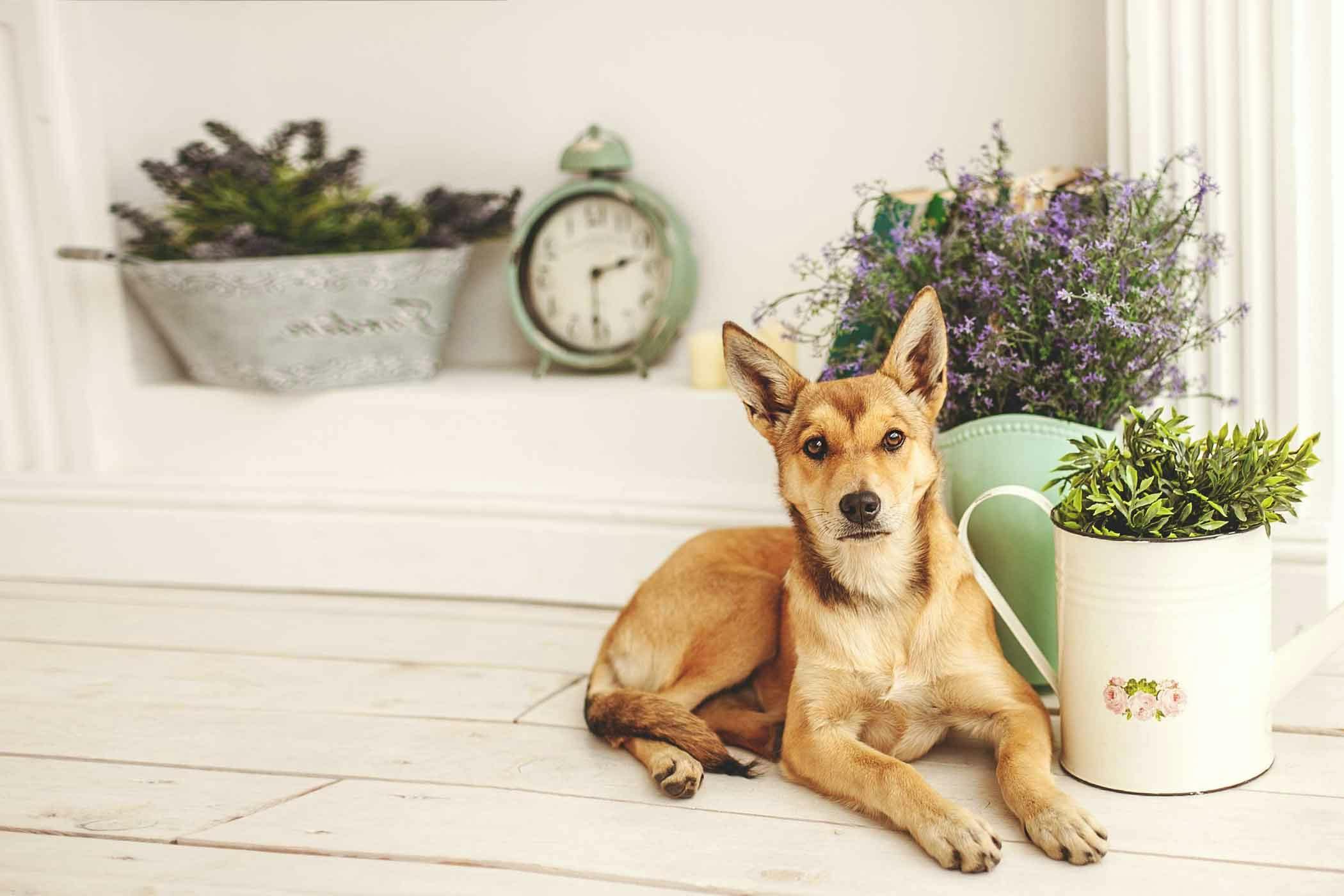How to Train Your Pets to Avoid Chewing on Houseplants Easily

If houseplants keep ending up like salad bars for your pets, you’re not alone—my own living room once looked like a perpetual scene from Jurassic Park, minus the roar but with plenty of chewed leaves. Over years wrangling both dogs and an especially wily pair of cats, I’ve finally pieced together what actually works—not just the theory, but the nitty-gritty details that turned my plant graveyard into a thriving indoor garden.

Let’s get past vague shortcuts and dive into strategies I’ve hashed out through trial, error, and more than one epic mess.
1. Deterrents: Setting Up First Line Defenses That Actually Last
Most guides mention bitter sprays, but here’s what they don’t tell you: not all sprays work for every pet—or every plant species. My terrier side-eyed Grannick's Bitter Apple as if it was salad dressing. It wasn’t until I mixed lemon juice (about 1 tablespoon per cup of water) and tested it on a pothos leaf that I found something universally off-putting—for all four-legged marauders.
But don’t just spritz and walk away:
- Always patch-test leaves overnight—I've had ferns turn yellow from store-bought sprays.
- Re-spray every 48 hours; after watering or wiping dust, deterrents lose their punch.
- For tenacious pets (like my orange tabby who seemed immune to citrus), rotate between flavors every week. Variety keeps them guessing.
Bottom line? Think of deterrents as seat belts—great in accidents but not meant to replace attentive driving.
2. Redirection: Winning with Chew Toy “Bait-and-Switch”
The classic “give them toys” advice only worked after some creative placement. Here’s what made a difference:
- Put alternatives right at ground zero. Next to each popular plant target went a new rubber Kong or silvervine stick. The novelty factor matters—I kept at least three unique options rotating weekly.
- Rub some of the pet-safe spray directly onto old toys for stubborn chewers so they associate yucky flavors with their own stuff too (this nipped my dog's sock obsession in the bud).
For cats fixated on certain plants (spider plants were our biggie), setting up a tray of oat grass within two feet of their favorite snackable really redirected attention—especially when paired with gentle praise for investigating it.

Punishment never helped—in fact, after snapping at my dog once, she started sneaking behind furniture rather than stopping the chewing! Consistent positive reinforcement led to noticeable improvement within about two weeks for us.
3. Rethink Your Plant Placement (And Prepare for Some Surprises)
I’ll be honest: hanging planters upped my apartment’s style game and saved three trailing ivies from daily decimation—but only after learning most cats view hanging pots as sporting challenges unless you hang them over four feet high (I needed a stepladder). Here’s what else worked:
- Double-sided tape around pot edges for about 10 days—cats detest sticky paws so much that once mine got stuck mid-leap, she completely gave up her midnight raids.
- Mesh cloches (those wire covers gardeners use outdoors) are surprisingly handy indoors during tough retraining spells—$8 each online and no more nibbled peace lilies.
- I designated one “plant zone”—a bookshelf behind a baby gate—and made it off-limits except during supervised time.
It took commitment: moving five plants out of reach on Day One felt extreme, but watching new leaves unfurl unmolested after three weeks was worth every rearranged shelf.
4. Habit Training That Holds
Here’s where most people give up—it feels endless having to redirect over and over again while you’re making dinner or scrolling Instagram.
What changed everything for me was agreeing on clear cues (“Leave it”) with everyone at home and keeping treats nearby during retraining periods. Every successful leave-it moment got immediate praise and a treat—for both dogs and cats (dried bonito flakes work wonders). Tracking progress on a sticky note by the fridge made small wins visible—seeing “two days plant-chew free!” felt oddly motivating.

After struggling through several failed attempts where we’d slack off consistency or someone would sneakily let the cat in the forbidden room (“just this once”), we landed success by making training part of our everyday routines—not an occasional emergency measure.
Real Success Stories & Stubborn Setbacks
There’s nothing like real feedback loops to sharpen your strategy:
Lucy: My friend’s rescue terrier needed only six days after swapping flavors between diluted grapefruit juice and commercial spray—and giving Lucy access to frozen marrow bones near every plant stand.
Milo: A former fern fiend now ignores greenery completely thanks to wall-mounted baskets above dresser-height plus twice-daily oat grass sessions with enthusiastic praise whenever he browses his own patch instead.
Not everything worked instantly; when deterrent sprays started failing entirely (one determined lab loved bitters), combining them with mesh barriers plus focusing on intense play sessions at “trouble times” finally got us across the finish line in around four weeks—and saved $70 in replacement plants that month alone!

Troubleshooting Tips You Won’t Find In Instruction Manuals
Deterrent fatigue: If your pet seems unfazed by any taste/smell blockades after five days, double down by integrating barriers (even temporary cardboard boxes stacked around prized pots) plus unpredictable treat-stuffed puzzle toys elsewhere in the room during peak temptation hours.
High-jumping cats: Window bird feeders can lure most feline acrobats away from forbidden planters—a $14 investment bought us hours of cat distraction per week—and motion-triggered air puffers near vulnerable areas worked as last resorts (with monitoring for anxiety).
Multi-pet chaos: Color-code chew toys per pet or assign different training tasks to household members throughout the day—you avoid confusion and track which strategies are hitting home fastest this way.
When truly stuck, reaching out to a certified animal behaviorist brought our progress from plateau back into momentum—worth every penny when facing chronic stubbornness or anxiety-related chewing patterns especially in rescues.
Key Takeaways & Today’s Action List
Solving houseplant carnage is absolutely doable—even if your situation starts off feeling impossible like mine once did. A combination of layered deterrents, creative redirection, strategic layout shifts, consistent cue words plus lots of tracking will move you forward faster than hoping one magic trick will solve it all overnight.
If you’re staring down toothy mangled foliage right now:
- Pick one new deterrent and test tonight
- Place fresh chew toys/provide cat grass near problem sites
- Move at least one trouble-prone plant out of easy reach before bed
- Brief your family/roommates so everyone uses identical commands
- Mark which strategies show even tiny improvements by day seven—that data is gold!
Above all: expect minor setbacks along the way and celebrate small victories—they’re proof real change is taking root alongside those hard-won healthy leaves. Your jungle dreams can coexist with even the most curious companions!



